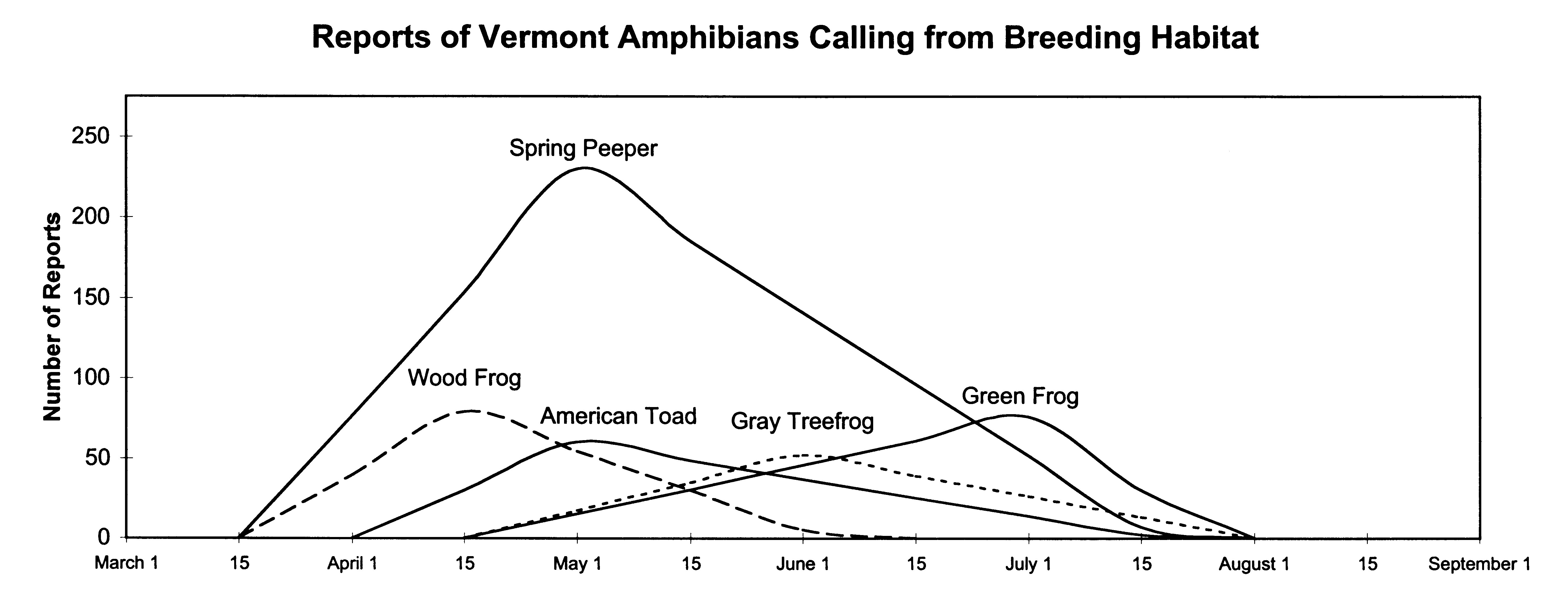I would make a chart of our life,
know why just this circle of creatures completes the world.
Henry Thoreau, April 18, 1852
It is remarkable that animals are often obviously, manifestly, related to the plants which they feed upon or live among, –– as caterpillars, butterflies tree-toads, partridges, chewinks, and this afternoon I noticed a yellow spider on a goldenrod;
as if every condition might have its expression in some form of animated.
August 21, 1851
We sit about half an hour, and it is surprising what
various distinct sounds we hear there deep in the wood . . .
– the cawing of crows, the peeping of hylas in the swamp
and perhaps the croaking of a tree-toad,
the oven-bird, the yorrick of Wilson’s thrush, a distant stake-driver,
the night-warbler and black and white creeper, the lowing of cows,
the late supper horn, the voices of boys, the singing of girls, –
not all together but separately, distinctly, and musically,
from where the partridge and the red-tailed hawk
and the screech owl sit on their nests.
April 26. It is now so warm that I go back to leave my greatcoat for the first time, and the cooler smell of possible rain is refreshing . The toads ring more or less. ―
When the toads begin to ring,
Then thinner clothing bring,
Or off your greatcoat fling.
It is not yet time for thin clothes. Did I hear a tree toad to-day? April 26, 1854
 |
May 27, 2023 |
May 2 If I were to be a frog hawk for a month I should soon know some things about the frogs . . . I have seen more of them than usual since I too have been looking for frogs. Hear a tree-toad. May 2, 1858
May 5. A tree toad again. May 5, 1852
May 11. Now, some time after sunset, the robins scold and sing, the Maryland yellow-throat is heard amid the alders and willows by the waterside, and the peetweet and black birds, and sometimes a kingbird, and the tree-toad. May 11, 1854
May 16. Nature appears to have passed a crisis . . . The sprayey dream of the toad has a new sound; from the meadow the hylodes are heard more distinctly; and the tree-toad chirrups often from the elms (?). The sultry warmth and moister air has called him into life. May 16, 1853
May 23. I hear one regular bullfrog trump, and as I approach the edge of the Holden Swamp, the tree-toads. May 23, 1857
May 28. What is peculiar now, beginning yesterday, after rains, is the sudden heat, and the more general sound of insects by day, and the loud ringing croak of common toads and tree-toads at evening and in the night. May 28, 1853
June 13. The different frogs mark the seasons pretty well, – the peeping hyla, the dreaming frog, and the bullfrog. I believe that all may be heard at last occasionally together. The bullfrog belongs to summer. The tree-toad's, too, is a summer sound. June 13, 1851
June 14. Suddenly a tree-toad in the overhanging woods begins, and another answers, and another, with loud, ringing notes such as I never heard before, and in three minutes they are all silent again. June 14, 1853
June 29. The frogs and tortoises are striped and spotted for their concealment. The painted tortoise's throat held up above the pads, streaked with yellowish, makes it the less obvious. The mud turtle is the color of the mud, the wood frog and the hylodes of the dead leaves, the bullfrogs of the pads, the toad of the earth. The tree-toad of the bark. June 29, 1852
July 4. I hear the croak of a tree toad as I am crossing the yard. July 4, 1852
September 5. I hear the tree-toad to-day. Now at sundown, a blue heron flaps away from his perch on an oak over the river before me, just above the rock. September 5, 1854
October 18. Saw a tree-toad on the ground in a sandy wood-path. It did not offer to hop away, may have been chilled by the rain (?). It is marked on the back with black, somewhat in the form of the hylodes. October 18, 1859
"A book, each page written in its own season,
out-of-doors, in its own locality."
~edited, assembled and rewritten by zphx © 2009-2023





